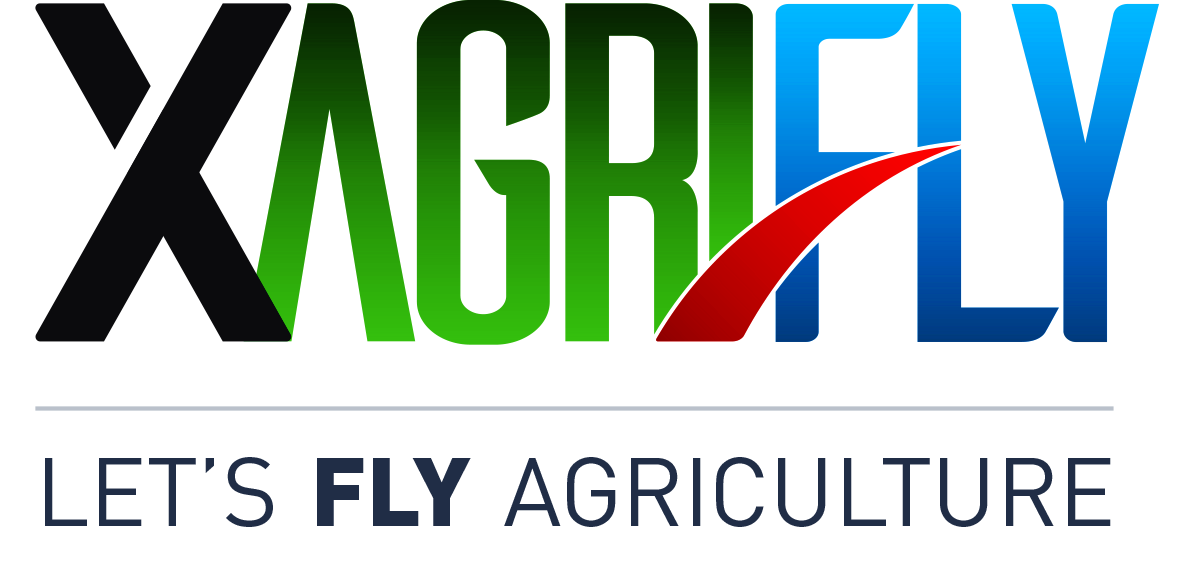Frequently asked questions:
UAVs, agricultural drones and monitoring systems
How are drones used for agriculture?
Farmers use drones to help them with everything from mapping their crops to damage control. Agricultural drones are equipped with cameras and sensors that can capture extremely accurate data on crops. This information can be used to create detailed crop maps, assess plant health and monitor the spread of pests and diseases. In Europe, many farmers are using drones to plant seeds and water their crops. Agricultural drones can also be used to apply pesticides and herbicides more precisely, saving farmers time and money.
Which drone is best in agriculture?
There is a lot to consider when choosing a drone for agricultural purposes. Size, price and battery life are all important factors, but perhaps the most important consideration is the type of sensor best suited to your needs. For example, if you are primarily interested in mapping and surveying large fields, then a drone with a high-resolution camera is a good choice. On the other hand, if you need to spray crops with insecticides or fertilisers, then a drone with an on-board tank is a better option. Ultimately, the best drone for agriculture depends on the specific needs of the user.
What is RTK and what are the benefits?
Real-time kinematic positioning (RTK) is a satellite navigation technique used to improve the accuracy of position data derived from satellite-based positioning systems such as GPS, GLONASS, Galileo and BeiDou. And accuracy will be within ± 10 cm both vertically and horizontally.
The main advantage of an aircraft using RTK is the pinpoint accuracy of the aircraft during flight. You and the aircraft always know its specific position, resulting in precise stationary flight, even in strong winds
Do I need a licence to fly a drone?
Yes, you need a licence to fly a drone for cutting-edge agricultural solutions. If you only fly for fun, then you don’t need one. You have to register your drone with the Civil Safety Authority and there are some restrictions on where you can fly it. If you want to fly a drone commercially, you will need to obtain a Remote Pilot Licence (RePL). This process involves completing an accredited training course and passing a written examination. Once licensed, you will be able to fly drones for activities such as photography, surveying and inspections. To use drones for agriculture or any other sector, a drone operator accreditation from the Civil Security Authority is required.
What are the laws on drones?
The rules for flying drones are quite similar in all European countries. Anyone using a drone must do so safely and responsibly and not endanger other people or property. There are also restrictions on where drones can fly, such as near airports or densely populated areas. Furthermore, drones must not be used for commercial purposes without the approval of the competent authorities. Overall, drone laws are designed to strike a balance between allowing people to enjoy the benefits of this technology while minimising the risks. As long as drone operators follow the rules, they should be able to use them for whatever purpose they purchased them for without issue.
